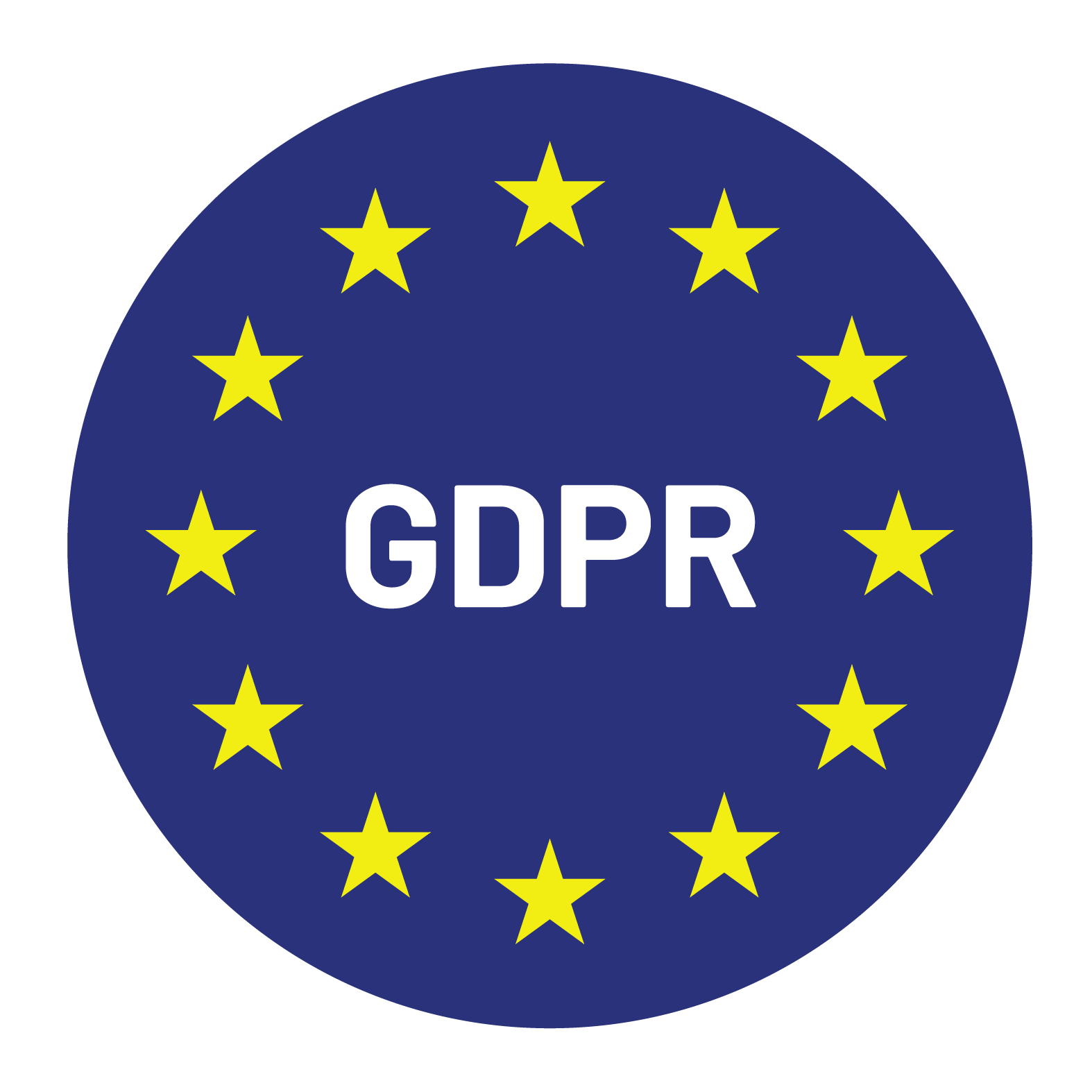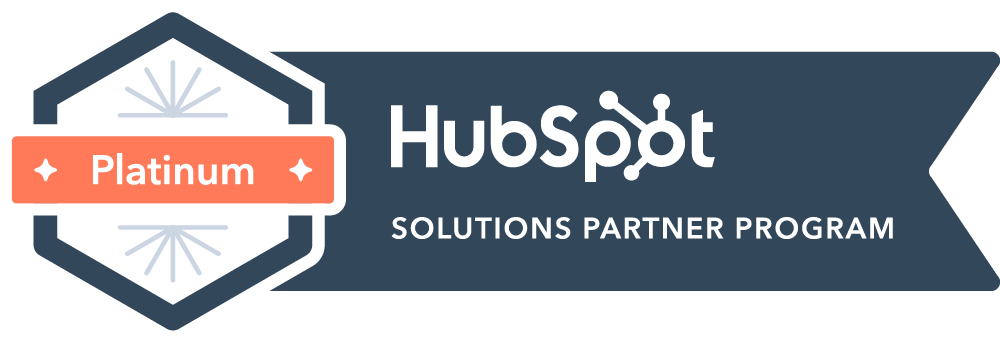

Content Writer for Whistle with multidisciplinary experience spanning over a decade.
It’s one thing to source a lead. It’s another to get a reply.
Initial outreach is where most SDRs either open the door or get shut out. You can have the best product in the world, a polished pitch deck, and a strong reason to connect. None of it matters if your first message gets ignored.
Outreach is about making contact count. Prospects form an impression in seconds. They decide whether you’re worth their time before they’ve even opened your message. That means every word, every touchpoint, every subject line carries weight.
When initial outreach is weak, response rates flatline, and pipeline suffers. When it’s done well, it sets the stage for meaningful conversations, strong relationships, and better close rates across the board.
This post breaks down how to master initial outreach, not through gimmicks or scripts, but by understanding what truly earns attention. We’ll explore why the first impression matters, how to avoid common outreach mistakes, and how to build an approach that consistently sparks engagement.
Most buyers don’t respond because they don’t feel seen. They’ve received too many templated messages, irrelevant pitches, or asks that arrive before trust is built. One bad cold email won’t just get ignored, it can actively turn someone off your brand.
That’s what makes initial outreach so critical. It’s not just the start of a sales motion; it’s the start of a perception. Your tone, relevance, and value signal whether you’re worth responding to.
Effective outreach has compounding benefits. It improves reply rates. It gives AEs better openings. It speeds up deal velocity by establishing early trust. SDRs who master it aren’t just hitting KPIs – they’re shaping the quality of pipeline downstream.
The cost of a poor first impression? You don’t get a second one. No reply, no relationship, no deal.
Strong outreach doesn’t guarantee a sale, but it creates the conditions for one. And that’s where the advantage starts.
Great outreach is simple. It’s just not easy. Too often, SDRs fall into habits that are easy to scale but hard to succeed. Here’s what to avoid and how to do it better.
Everyone can spot a template. Mass emails that don’t reflect the recipient’s role, company, or context get deleted on sight.
Effective personalization goes beyond [First Name] and [Company]. It connects the message to something relevant: a recent initiative, a product launch, a shift in their market. Personalization shows you’ve done the work. It earns attention because it reflects intention.
Targeted outreach doesn’t mean writing every message from scratch. It means grouping prospects by real similarity, industry, persona, challenge, and tailoring your message to those specifics. One great, relevant message will outperform 50 generic ones every time.
No one buys a product. They buy what the product helps them achieve.
Early outreach that jumps into features: APIs, dashboards, integrations, misses the point. Prospects care about outcomes: saving time, cutting costs, reducing risk, hitting goals.
Lead with benefits. Start with why it matters to them. Then, if interest follows, tie it back to how your product delivers that outcome. It’s not about hiding features, it’s about sequencing the conversation.
Good outreach starts with pain and ends with possibility.
If your first message asks for 30 minutes, you haven’t earned the right to ask yet. Aggressive CTAs signal self-interest.
The best SDRs build trust before they ask for time. They offer insight. They reference something meaningful. They give a reason to engage that doesn’t feel transactional.
Think of the first touchpoint as a handshake, not a closing statement. Be confident, not coercive. It shows respect and earns more replies.
“We’re the leader in X.” “We help companies do Y.” “Our platform is best in class.” The prospect doesn’t care.
Outreach should start in their world, not yours. Ask: What’s changing in their market? What problem are they likely facing? Why now?
Customer-centric outreach starts with the prospect’s challenges, not your solution. It opens with empathy and insight. It earns trust by showing you get it.
Strong outreach flips the script: it’s about them, not you.
Relevance can’t be faked. When you reference the wrong title, misunderstand the company’s business model, or miss a recent event, you lose credibility.
Basic research matters. Review their LinkedIn, read the “About Us” page, and skim their recent blog posts. Use tools that help with company intelligence, but never outsource thinking.
The best SDRs use research not to show off, but to show respect. It’s the difference between a cold message and a considered one.
Outreach isn’t one-size-fits-all. Each channel requires a different approach and different strengths.
The subject line gets you opened. The first line gets you read.
Good subject lines are short, relevant, and curiosity-inducing. Avoid clickbait. Focus on clarity and context, reference their company, role, or recent activity.
In the opening line, don’t start with your name. Start with why you’re reaching out, and why it matters to them. Make it about them immediately. That’s how you earn a second sentence.
Cold calls are high stakes. You have seconds to earn permission to continue.
Strong openings don’t sound scripted. They sound thoughtful. Use the prospect’s name, introduce yourself clearly, and reference why you’re calling in a way that connects to their world.
Voicemail matters too. Keep it under 20 seconds. Be specific, sound human, and offer a reason to call back.
LinkedIn is your chance to be personal, not pushy.
Start with a customized connection request. Mention something you have in common or something specific you noticed. Once connected, don’t pitch right away. Engage through a relevant comment, a thoughtful question, or a valuable piece of content.
Your tone should match the platform: professional, conversational, and warm.
Email performs best midweek mornings. Cold calls often land better late morning or mid-afternoon. LinkedIn DMs work when they’re part of a broader engagement, not just a one-off ping.
Adjust your tone to fit. Email should be concise and structured. Calls should be confident but easygoing. LinkedIn should sound like a peer starting a conversation, not a pitch deck in disguise.
Initial outreach isn’t a set-it-and-forget-it process. Top-performing SDRs are constantly refining what works.
Try multiple subject lines, intros, and CTAs. Compare versions. See which variant drives opens or replies. Change one element at a time so the results are clear.
Testing doesn’t have to be complex. It has to be consistent.
Track open rates to measure subject line effectiveness. Watch reply rates to understand message resonance. Focus on positive replies because interest, not just interaction, is the goal.
These numbers guide decisions. They show what’s working and what needs to change.
Saved templates and snippets are only as good as the thinking behind them. Study what got a response. Study what didn’t. What themes show up in the wins? What errors show up in the misses?
Debrief your own performance. Share insights across the team. Outreach improves fastest when it’s treated like a craft.
Great outreach doesn’t aim to sell, it aims to start a conversation.
Ask open-ended questions that invite engagement. Signal genuine interest in their world. Show that you’ve done the work. Listen more than you pitch.
When people feel seen and respected, they’re far more likely to reply and far more open to what comes next.
Initial outreach sets the tone for everything that follows. It determines whether the door opens or stays shut. It shapes your brand perception before the first meeting even gets booked.
It’s not about volume. It’s about value. And when SDRs approach outreach with care, relevance, and clarity, the results speak for themselves.
Want to elevate your team’s outreach? Whistle builds outreach engines that spark meaningful conversations and drive real pipeline.


© Copyright – Whistle 2023